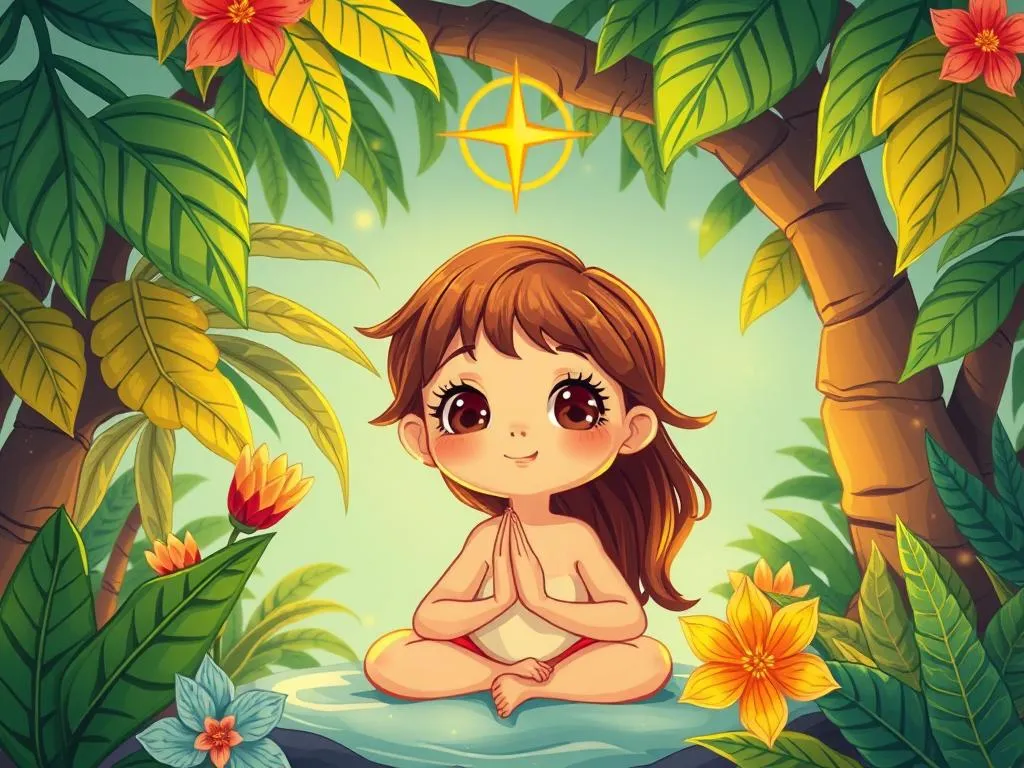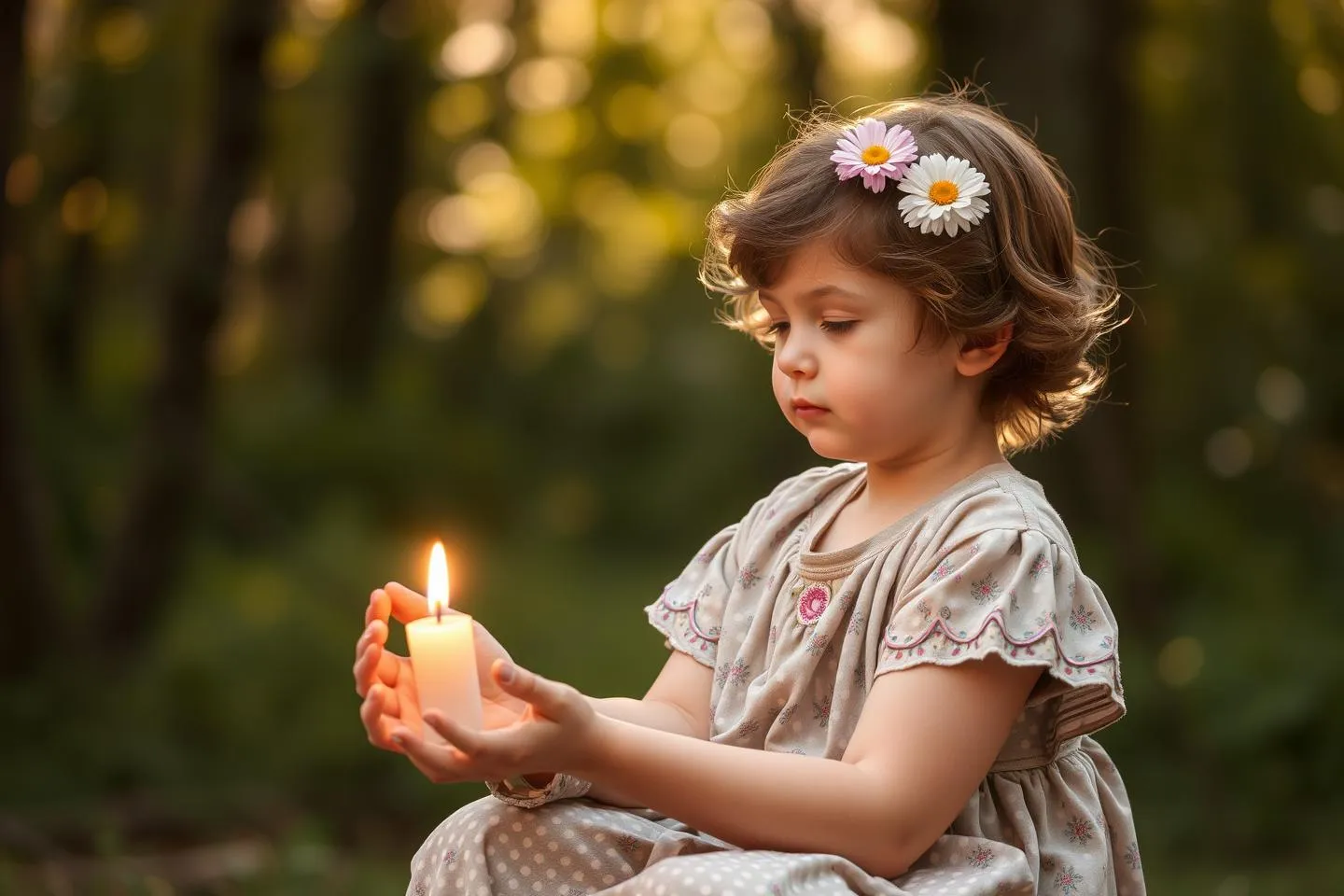Understanding the child self spiritual meaning is essential for anyone looking to deepen their spiritual journey. At its core, this concept revolves around reconnecting with the Inner Child—the part of us that embodies innocence, creativity, and joy. By exploring this relationship, we can uncover profound truths about ourselves and enhance our spiritual awareness.
Exploring the Essence of the Inner Child
Defining the “Inner Child” and Its Spiritual Significance
The Inner Child represents the part of our psyche that retains the characteristics of our childhood. It holds our memories, emotions, and experiences, both joyful and painful. From a spiritual perspective, the Inner Child is significant because it connects us to our authentic selves. When we embrace our child self, we tap into a source of creativity and playfulness that can enrich our spiritual practice.
The Connection Between Childhood Experiences and Spiritual Development
Our childhood experiences shape our beliefs, behaviors, and emotional responses. Many spiritual teachings emphasize that unresolved issues from our early years can hinder our growth. When we address these experiences, we can free ourselves from limiting beliefs and reconnect with our higher selves. By recognizing the connection between our past and our spiritual journey, we can heal and grow.
Recognizing the Inner Child as a Source of Creativity, Playfulness, and Joy
The Inner Child is often associated with creativity, wonder, and joy. Engaging with this aspect of ourselves allows us to explore our passions without the constraints of adult responsibilities. When we play, we open ourselves to new possibilities and experiences that can enhance our spiritual lives. Embracing our child self reminds us to celebrate the simple joys of life.

The Healing Power of Embracing Your Child Self
Understanding the Impact of Unresolved Childhood Traumas on Spiritual Growth
Unresolved childhood traumas can create emotional barriers that prevent us from fully experiencing our spirituality. These traumas may manifest as fear, anxiety, or self-doubt, hindering our spiritual progress. By acknowledging these wounds, we can begin to heal and create space for growth. Embracing our child self allows us to confront these issues with compassion and understanding.
Practices for Nurturing and Healing the Inner Child
Several practices can help nurture and heal the Inner Child. Here are a few effective methods:
- Meditation: Spend time in quiet reflection, inviting your Inner Child to join you. Visualize your younger self, offering love and support.
- Visualization: Create a safe space in your mind where your child self can play and express itself freely. This can help foster a sense of security and comfort.
- Journaling: Write letters to your Inner Child, expressing your feelings and offering reassurance. This practice can create a dialogue that promotes healing.
The Importance of Forgiveness and Acceptance in the Healing Journey
Forgiveness and acceptance are crucial elements in the healing process. It is essential to forgive yourself and others for past mistakes and to accept the experiences that shaped who you are. This journey of self-compassion helps to mend the wounds of the Inner Child and fosters spiritual growth.
Child Self and Spiritual Awakening
How Reconnecting with Your Child Self Can Lead to Heightened Spiritual Awareness
Reconnecting with your child self can lead to a deeper understanding of your spiritual path. When you embrace the qualities of innocence and curiosity, you open yourself to new experiences and insights. This heightened awareness can guide you on your spiritual journey, illuminating the path ahead.
The Role of Curiosity and Wonder in Spiritual Exploration
Curiosity and wonder are essential elements of spiritual exploration. The Inner Child thrives on these qualities, encouraging us to ask questions and seek answers. By nurturing our curiosity, we can discover new dimensions of our spirituality and expand our understanding of the universe.
Personal Stories or Anecdotes Illustrating Transformative Experiences
Many individuals have experienced transformative moments when they reconnect with their child self. For instance, a person may find solace in nature, feeling a sense of freedom reminiscent of childhood days spent outdoors. Such experiences remind us of the joy and simplicity that can be found in life, enhancing our spiritual awareness.
Symbols of Childhood in Spirituality
Symbols play a vital role in spirituality, often representing deeper meanings. Here are some common symbols of childhood and their spiritual interpretations:
| Symbol | Meaning |
|---|---|
| Butterfly | Transformation and renewal |
| Tree | Growth, stability, and grounding |
| Star | Dreams, aspirations, and guidance |
| Rainbow | Hope and connection between realms |
| Playful Animals | Joy, freedom, and natural intuition |
These symbols can serve as reminders of the qualities of the Inner Child. By incorporating them into our spiritual practices, we can enhance our connection to this essential aspect of ourselves.
Cultivating a Spiritual Practice that Honors the Child Within
Incorporating Play and Creativity into Spiritual Routines
To honor your child self, it’s important to incorporate play and creativity into your spiritual practices. This can include activities like painting, dancing, or engaging in playful meditation. Allowing yourself to explore these creative outlets can rejuvenate your spirit and deepen your connection to your Inner Child.
Activities that Promote Self-Expression and Emotional Release
Self-expression is vital for healing and growth. Consider engaging in activities that allow you to express yourself fully, such as:
- Art: Create visual art that reflects your emotions and experiences.
- Writing: Write poetry or stories that resonate with your Inner Child.
- Movement: Dance or practice yoga to release pent-up emotions and reconnect with your body.
These activities can help you release emotional blockages, fostering a healthier relationship with your Inner Child.
Building a Nurturing Environment That Supports Both Adult and Child Self
Creating a nurturing environment is essential for honoring both your adult self and your Inner Child. This space should encourage creativity and playfulness while also providing comfort and security. Consider decorating your space with items that evoke childhood memories or bring you joy.
Integrating the Child Self into Everyday Spirituality
Daily Rituals and Affirmations to Maintain Connection with the Inner Child
Establishing daily rituals can help you maintain a connection with your child self. Here are some ideas to incorporate into your routine:
- Morning Affirmations: Start your day with positive affirmations that honor your Inner Child. For example, “I embrace my creativity and joy.”
- Mindful Moments: Take breaks throughout the day to engage in playful activities or simply appreciate the beauty around you.
- Evening Reflections: Before bed, reflect on moments of joy and creativity you experienced during the day.
These rituals can help you stay connected to your Inner Child, fostering a sense of balance and fulfillment.
Seeking Balance Between Adult Responsibilities and Playful Exploration
Life can often feel overwhelming with adult responsibilities. However, finding a balance between these duties and playful exploration is crucial for spiritual well-being. Make time for activities that bring you joy, even amidst your busy schedule. This balance will nourish your Inner Child and enhance your overall spiritual growth.
Community and Group Practices That Empower Individuals to Express Their Child Self
Connecting with others who value the child self can be incredibly empowering. Consider joining community groups or workshops that focus on creativity and self-expression. Sharing experiences with like-minded individuals can inspire and motivate you on your spiritual journey.
In conclusion, understanding the child self spiritual meaning is a vital aspect of personal growth. By exploring the Inner Child, embracing healing practices, and nurturing creativity, we can enhance our spiritual lives and reconnect with our authentic selves. Remember that the journey is ongoing, and embracing your child self will lead to a more fulfilling and enriched spiritual experience.
